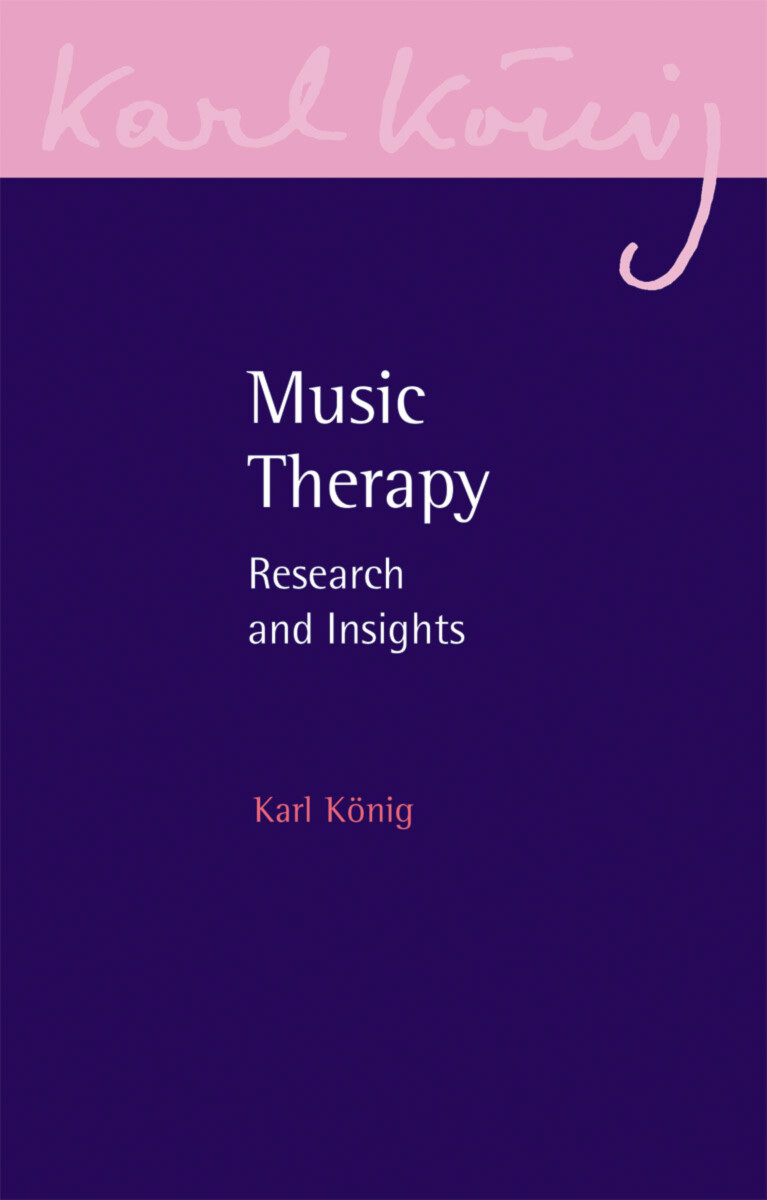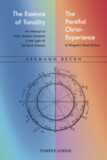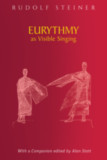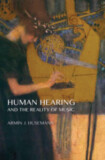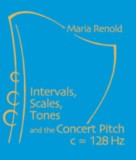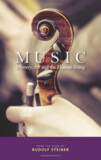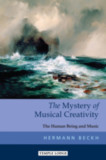- Publisher
Floris Books - Published
25th June - ISBN 9781782508922
- Language English
- Pages 288 pp.
- Size 5.5" x 8.5"
A thought-provoking collection of essays, lectures, and notes on music therapy by Karl König
Music therapy helps to support the mental and emotional lives of individuals through therapeutic exercises that utilize a variety of musical elements. Drawing on the work of Rudolf Steiner, Karl König—a pioneer of various forms of therapy within the Camphill movement—developed the basics of anthroposophic music therapy, focusing on the fundamentals of music and how they connect to human beings.
This fascinating book gathers König's lectures, essays, and notes on music therapy, most never before published. Here he explores areas such as studies on hearing, the nature of musical experience, and the role of music in Camphill and music therapy for those with impaired hearing.
Along with the original writings, the book includes an in-depth introduction by music therapist Katarina Seeherr that explores the evolution of Karl König's ideas as they relate to music and music therapy and how he inspired many musicians and therapists to develop this form of therapy.
THE PATH TO MUSIC THERAPY
[from the book]
Music played an important part in the building up of the Camphill movement. König often played the piano and conducted a small Camphill orchestra. For instance, we know that in 1944, during the memorial event for a child who had died, he played parts of Lohengrin and Parzifal, and that he also often played piano for four hands together with Susanne Lissau (later Müller-Wiedemann). In his diary entry of July 15, 1953, he wrote:
"The Hebrides Overture resounds in ancient beauty as do Schubert’s Unfinished and his immortal Quintet. It is good to be allowed to live with these sounds and harmonies again."
In those first few years, König invited several musicians to Camphill to make music with the children, among them were Hans Schauder and Ferdinand Rauter.
Hans Schauder met König when Schauder was still a medical student. Through school friends Rudi Lissau and Alex Baum he joined the Youth Group that had formed around König after the latter had left Germany in 1936 and settled again in Vienna. Together with König, Schauder became part of the group of Camphill founders in Scotland in 1939. Schauder was unable to complete his medical studies in Vienna, but he found an opportunity to finish them in Basel where he wrote his dissertation on music therapy and the healing effect of art, a subject that was especially close to his heart.
It was important to Schauder to approach his patients like an artist. He began with the premise that music possesses a particular affinity with the human being, and he wrote about how the inner structure of music is linked to the inner spiritual structure of the human soul. Although Schauder did not have an opportunity to put his ideas into practice, his thesis supervisor nevertheless found his new art-therapy approach worthy of support. He claimed that it ‘finally created a basis for music therapy’ and subsequently praised it to the university faculty.
This dissertation is in fact one of the first on the theme of healing through music, and König considered Schauder to be one of his most successful students.
C O N T E N T S:
Introduction: “Karl König as Musician, Researcher, and Therapist” by Katarina Seeherr
LECTURES AND ARTICLES
The Word, Singing and Speaking as Revelation of the Soul
Musical Instruments
Music in Curative Education
On Seeing and Hearing
The Four Stages of Hearing
Music Therapy in Curative Education
The Lyre
RESEARCH
Music Therapy for Def and Hearing-impaired Children
Deafness in Children: The Ability to Hear and Tumor Formation
THERAPEUTIC ENDEAVORS
Music Therapy Conferences
A Music Conference in Camphill (Margarethe Reuschle)
Therapy with Music and Colored Shadows
LETTERS
Correspondence between Hildebrand Richard Teirich and Karl König (Katarina Seeherr)
Correspondence between Hermann Pfrogner and Karl König (Katarina Seeherr)
NOTEBOOKS
On the Ear and Hearing (two lectures)
A Study on Hearing
About the Kidney and the Ear
Movement of the Limbs and Cancer Prophylaxis
Music and Musical Experience (three lectures)
Movement and Hearing
Bibliography
Index
Karl König
Dr. Karl König (1902–1966) born on September 25th 1902 in Vienna, Austria, the only son of a Jewish family who owned a shoe shop. He studied zoology, biology, and medicine at the University of Vienna, graduating in 1927. During his studies on embryology, König encountered the works of Rudolf Steiner through Goethe's scientific writings. He immediately identified with Steiner and was soon acquainted with a number of his followers, including Ita Wegman.
Upon graduation, König was offered several high-profile positions in Vienna, but instead accepted an invitation from Ita Wegman to join her clinic in Arlesheim, Switzerland.
König's time at the Clinic would shape the Camphill movement. It was here that he met his wife and co-founder, Tilla Maasberg, and it was here that he first witnessed the Advent Garden. During this festival, during which children with learning disabilities circle a spiral of moss, lighting a candle from a large central beacon, he promised to dedicate his life “to the care and education of these children.”
Following his time at Arlesheim, König moved to Germany and was involved in founding the Pilgramshain Institute—one of the early curative educational (therapeutic) centers based on anthroposophy. However, due to the political pressure of the Nazi regime, König was forced to leave Germany in 1936. He returned to Vienna, where he operated a successful medical practice and led anthroposophic study groups until 1938.
Fleeing Austria after Nazi annexation in 1938, König became part of a small group of doctors, teachers, and artists to be granted political asylum in the United Kingdom in 1939. König moved to Aberdeenshire, Scotland, where this group founded a home for children with learning disabilities, which became the beginning of the Camphill movement. After World War II, more schools were established, as well as curative education villages for adults with disabilities, based on the ideal of working together as a community.
In the following decades, König's Aberdeenshire community grew and expanded into Britain, Europe, and North America, becoming the Camphill movement we know today. During this period, König worked tirelessly to help children and adults with special needs through publications, talks, and seminars—as well as by establishing communities around the world.
Karl König returned to Germany in 1964 and began yet another community, this one near Überlingen, on Lake Constance (Bodensee), where he died in 1966.


